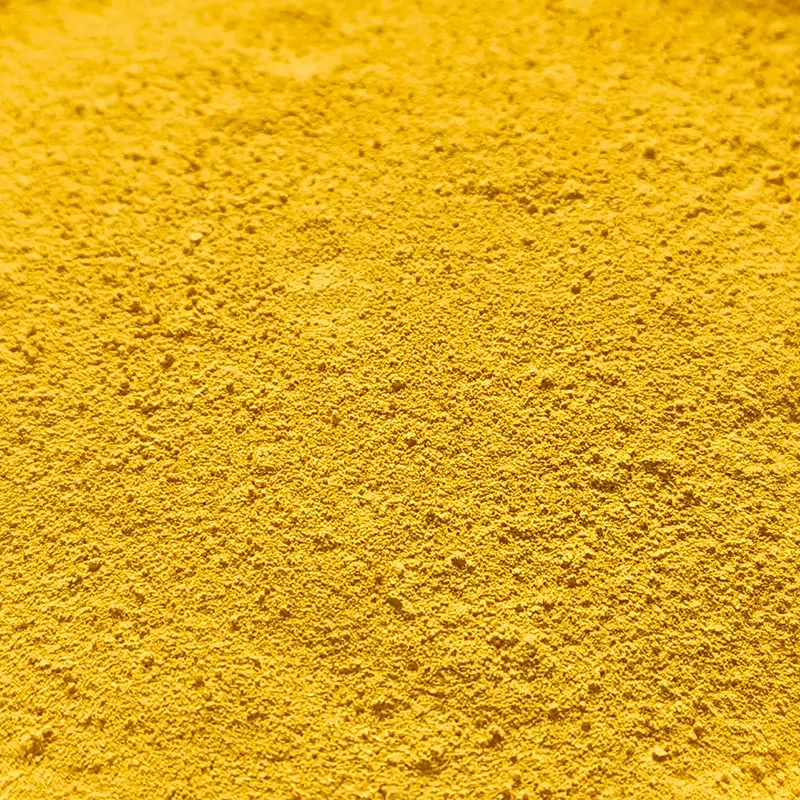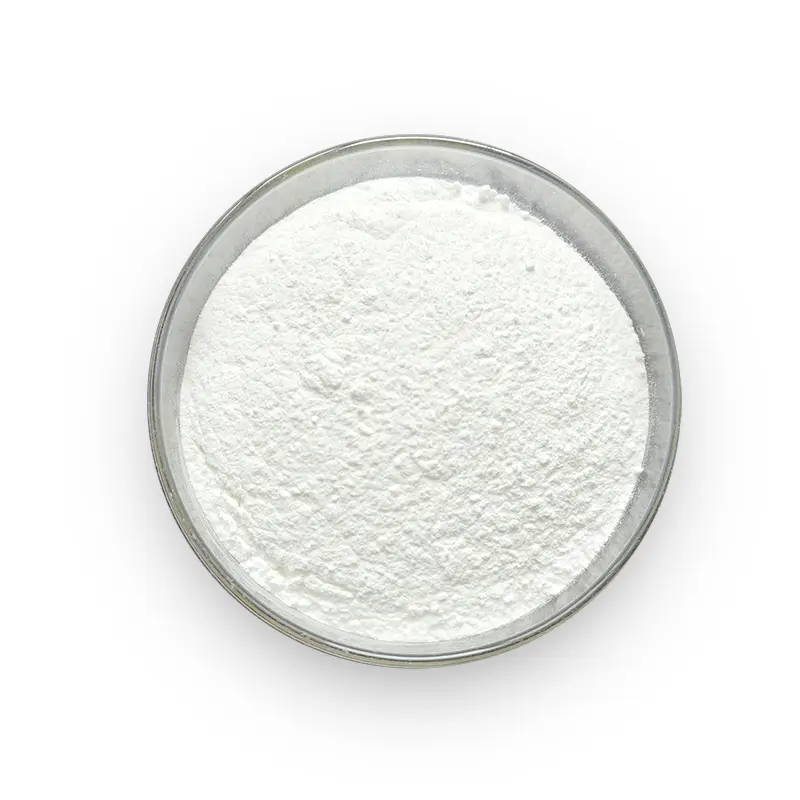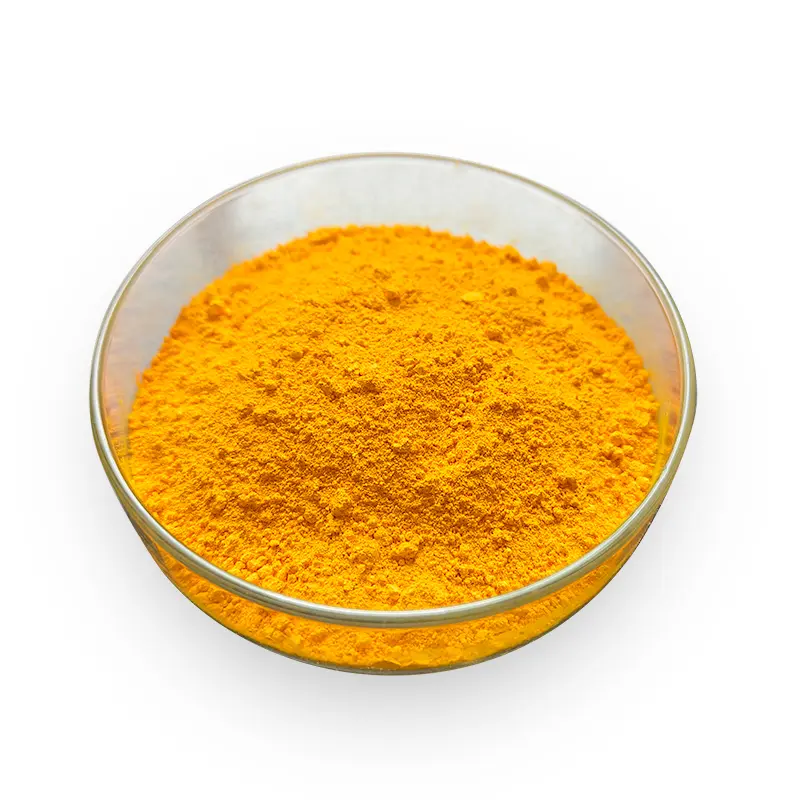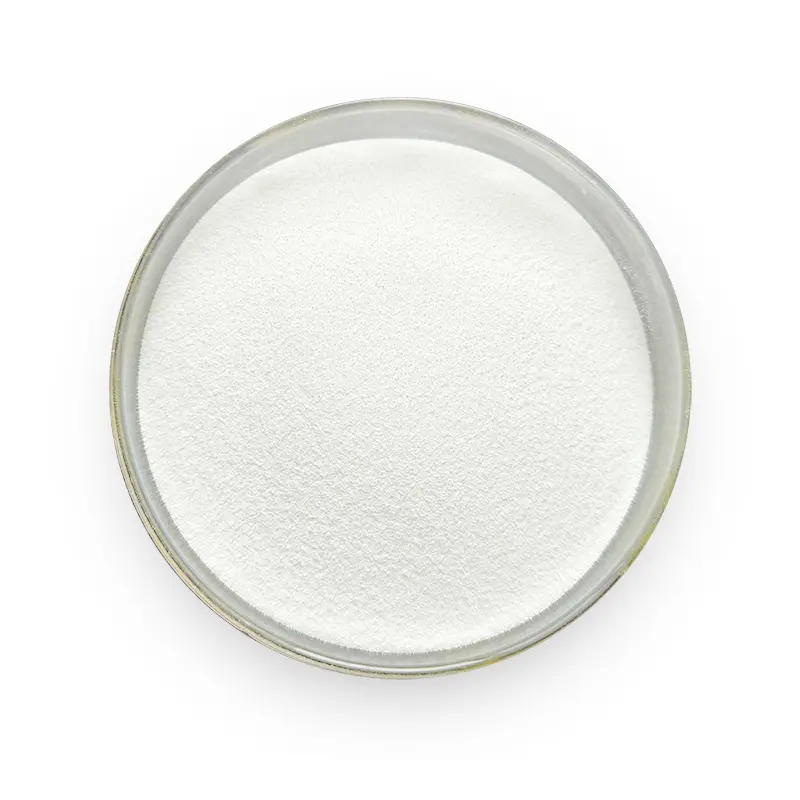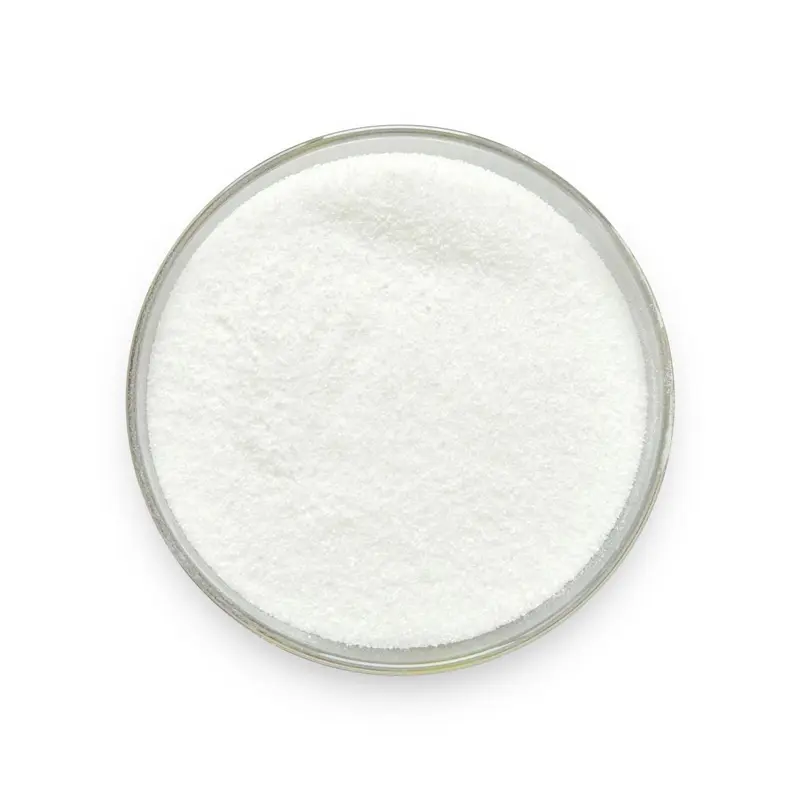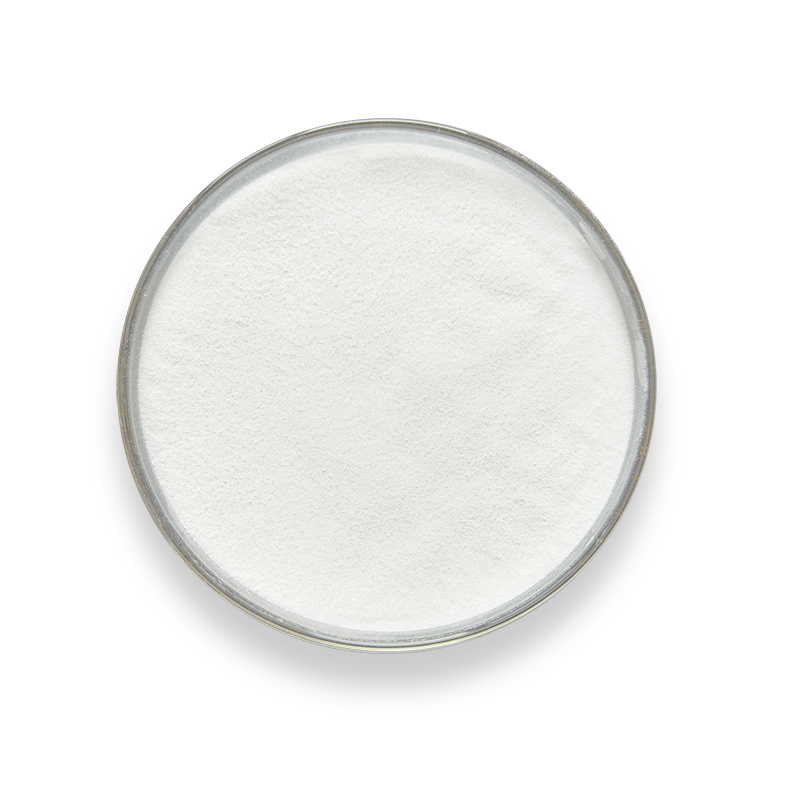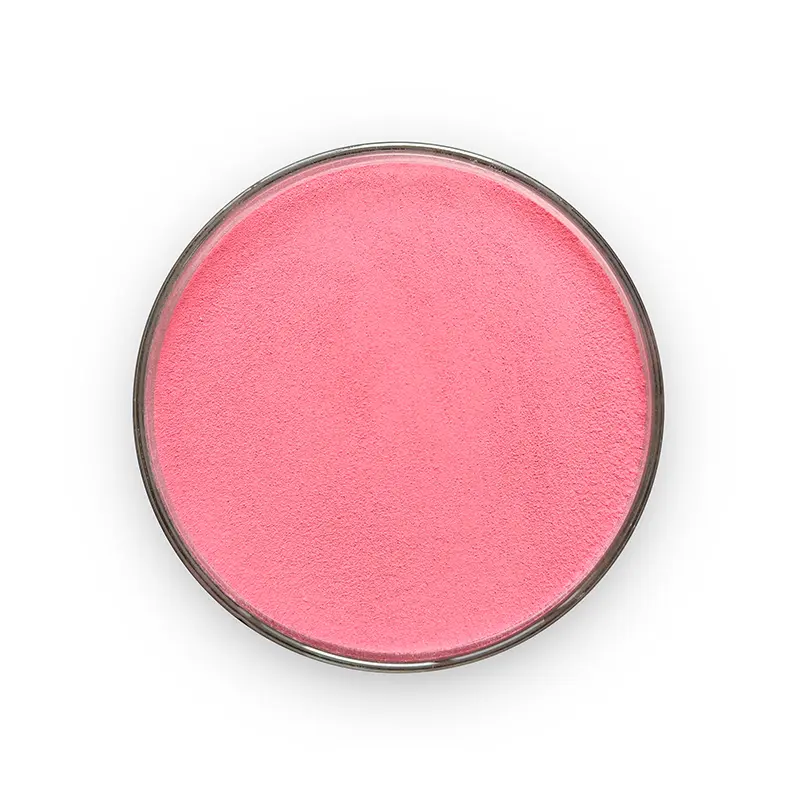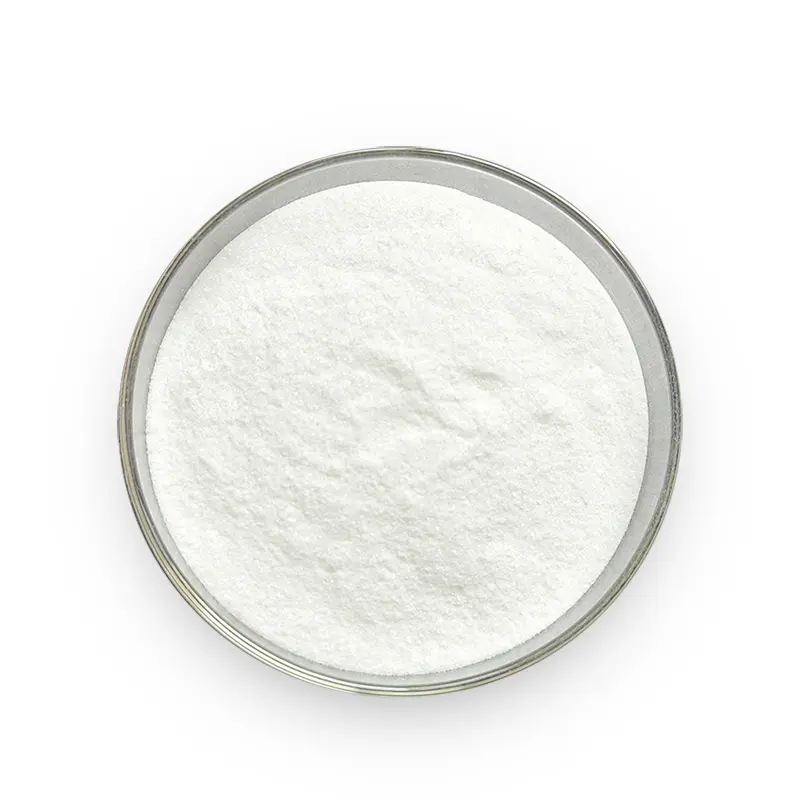DeBon High-Stability Vitamin B9 (Folic Acid) Feed Additive
Product Specifications
| Product Name | Vitamin B9 (Folic Acid) |
| Molecular Formula | C₁₉H₁₉N₇O₈ |
| Appearance | Yellow or orange crystalline micronized powder |
| Assay (Dry Basis) | 95.5% – 102.0% |
| Moisture | ≤8.5% |
| Residue on Ignition | ≤0.5% |
| Ultraviolet Absorption (A₂₅₀/A₃₀₀) | 2.8 – 3.0 |
Functional
Folic Acid (Vitamin B9) is essential for:
Promoting cellular growth and tissue development in animals.
Supporting DNA synthesis and red blood cell formation.
Preventing anemia and improving overall metabolic functions.
Storage & packing
Storage Conditions
Store in a dry, cool, and well-ventilated environment.
Avoid direct sunlight and moisture.
Packaging
Net Weight: 25 kg/drum (multi-layer sealed packaging).
Shelf Life: 24 months
Usage & Dosage
Application: Directly add to feed and mix thoroughly.
Poultry: 0.5–1.5 mg/kg of complete feed
Swine: 1.0–2.0 mg/kg (increase to 3 mg/kg for sows during gestation)
Ruminants: 2–4 mg/kg (calves and high-yield dairy cows)
Dosage: Follow specific production requirements or veterinary guidelines.
FAQs
1. What are the primary functions of Folic Acid in animal feed?
Folic Acid (Vitamin B9) is essential for DNA synthesis, red blood cell formation, and amino acid metabolism in livestock. It prevents megaloblastic anemia in poultry, supports reproductive performance in swine, and enhances growth rates in young ruminants. Its role in methylation processes also improves overall metabolic efficiency.
2.How stable is Folic Acid under feed processing conditions?
Heat Sensitivity: Retains 85% activity after pelleting at 75°C for 1 minute. Prolonged exposure >80°C requires protective coatings.
pH Stability: Optimal in pH 5–7. Rapid degradation in alkaline environments (pH >8) – stabilize with acidulants (e.g., citric acid 0.3%).
Warning: Light-sensitive – use UV-blocking packaging and avoid fluorescent lighting during mixing.
3.Can Folic Acid be combined with minerals or other vitamins?
Compatible:
Vitamin B12 (Cobalamin) – synergistic effect on red blood cell production.
Zinc oxide, Iron proteinate (in acidic premixes).
Incompatible:
Sulfonamides (e.g., sulfamethazine) – competitive inhibition of absorption.
High-dose zinc (>500 ppm) – chelation in acidic conditions.
Compatibility
Compatible With:
| Category | Examples | Best Practice |
| Vitamins | B12 (Cobalamin), B6 (Pyridoxine) | Add B9 after B6 in mixing sequence |
| Acidifiers | Citric acid, Phosphoric acid | Stabilizes in acidic premixes (pH 5–6) |
| Antioxidants | Vitamin E, Ascorbic acid | Prevents oxidative degradation |
| Probiotics | Lactobacillus spp. | No adverse interactions observed |
Incompatible With:
| Substance | Risk | Mitigation Strategy |
| Alkaline binders (e.g., limestone) | pH-induced degradation | Pre-mix with acidifiers (target pH 5–6) |
| Iron sulfate (FeSO₄ >400 ppm) | Chelation in acidic conditions | Use organic iron (e.g., Fe methionine) |
| Trimethoprim (antibiotic) | Absorption antagonism | Administer 6 hours apart from feed |
| Ethanol (liquid feed systems) | Solubility conflict | Use dry premix or post-fermentation addition |
product details


